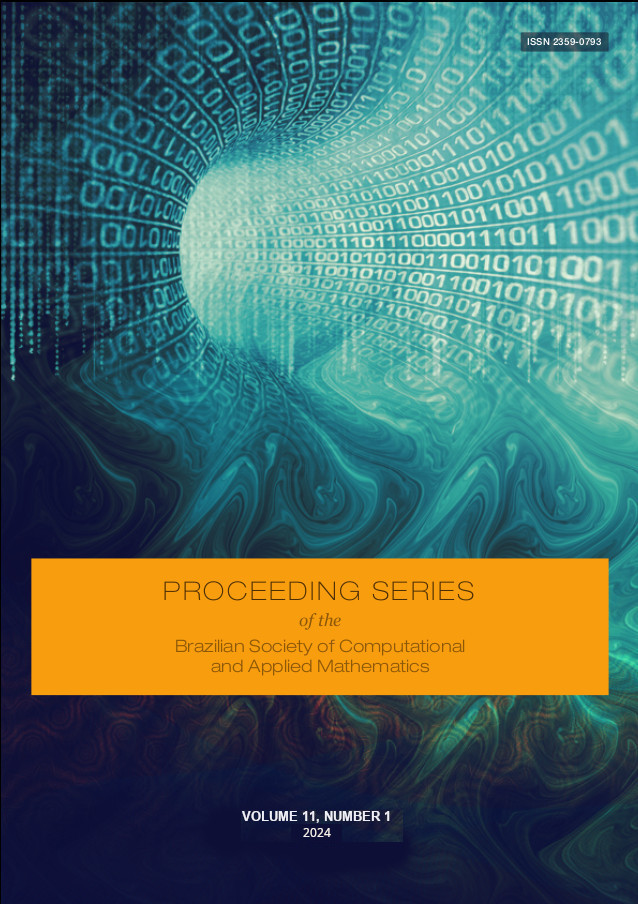Mobility Networks and GNNs in Forecasting COVID-19 Cases in Brazil and their Relationship with Socioeconomic Factors
Palabras clave:
COVID-19, Forecasting, Mobility Networks, Graph Neural Networks, Socioeconomic FactorsResumen
This summary explores predicting COVID-19 case time series in Brazil using GCN (Graph Convolutional Network) based models, a type of Graph Neural Networks (GNN), along with mobility networks. Individual city predictions are made by incorporating city-specific time series data and leveraging subgraphs derived from the connections in the mobility network to evaluate the temporal COVID-19 data. Additionally, the study employs two other models dedicated solely to time series prediction: Prophet and Long Short-Term Memory (LSTM). The Root Mean Square Error (RMSE) values of COVID-19 forecast models applied in the Brazilian context are summarized, showing the performance and variability of different models.
Descargas
Citas
Fernando Henrique Oliveira Duarte, Gladston J. P. Moreira, Eduardo J. S. Luz, Leonardo B. L. Santos, and Vander L. S. Freitas. “Time Series Forecasting of COVID-19 Cases in Brazil with GNN and Mobility Networks”. In: Intelligent Systems. Ed. by Murilo C. Naldi and Reinaldo A. C. Bianchi. Cham: Springer Nature Switzerland, 2023, pp. 361–375. ISBN: 978-3-031-45392-2.
Fernando Henrique Oliveira Duarte, Gladston J.P. Moreira, Eduardo J.S. Luz, Leonardo B.L. Santos, and Vander L.S. Freitas. “Correlations between epidemiological time series forecasting and influence regions of Brazilian cities”. In: Cited by: 0. 2023, pp. 363–368. URL: https://www.scopus.com/inward/record.uri?eid=2-s2.0-85181098306&partnerID=40&md5=f60d73eee623d21c9b7119bbc4407319.
Sepp Hochreiter and Jürgen Schmidhuber. “Long short-term memory”. In: Neural computation 9.8 (1997), pp. 1735–1780.
IBGE. Regiões de influência das cidades: 2018. IBGE, Coordenação de Geografia Rio de Janeiro, Brazil, 2020.
Sean J Taylor and Benjamin Letham. “Forecasting at scale”. In: The American Statistician 72.1 (2018), pp. 37–45.

